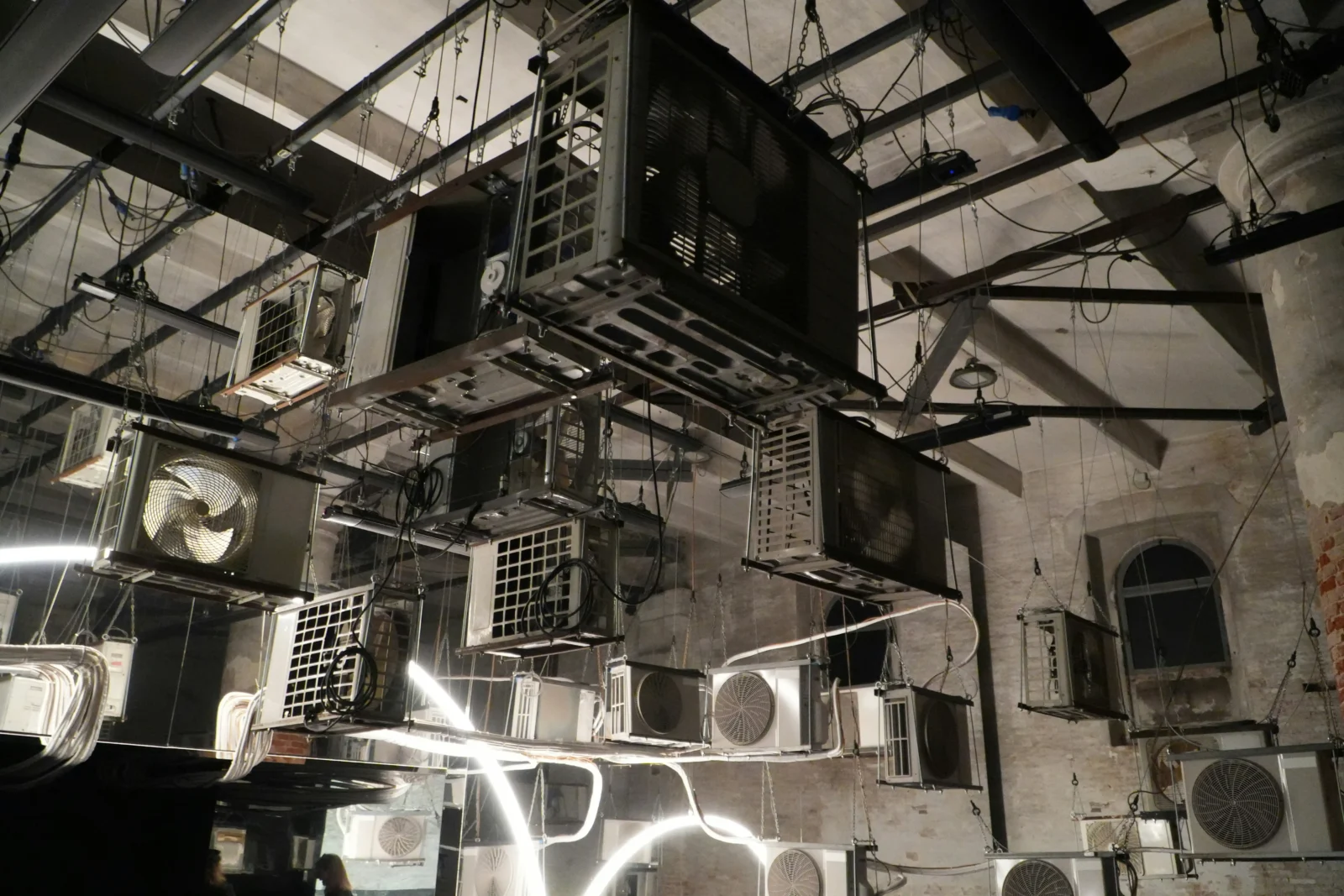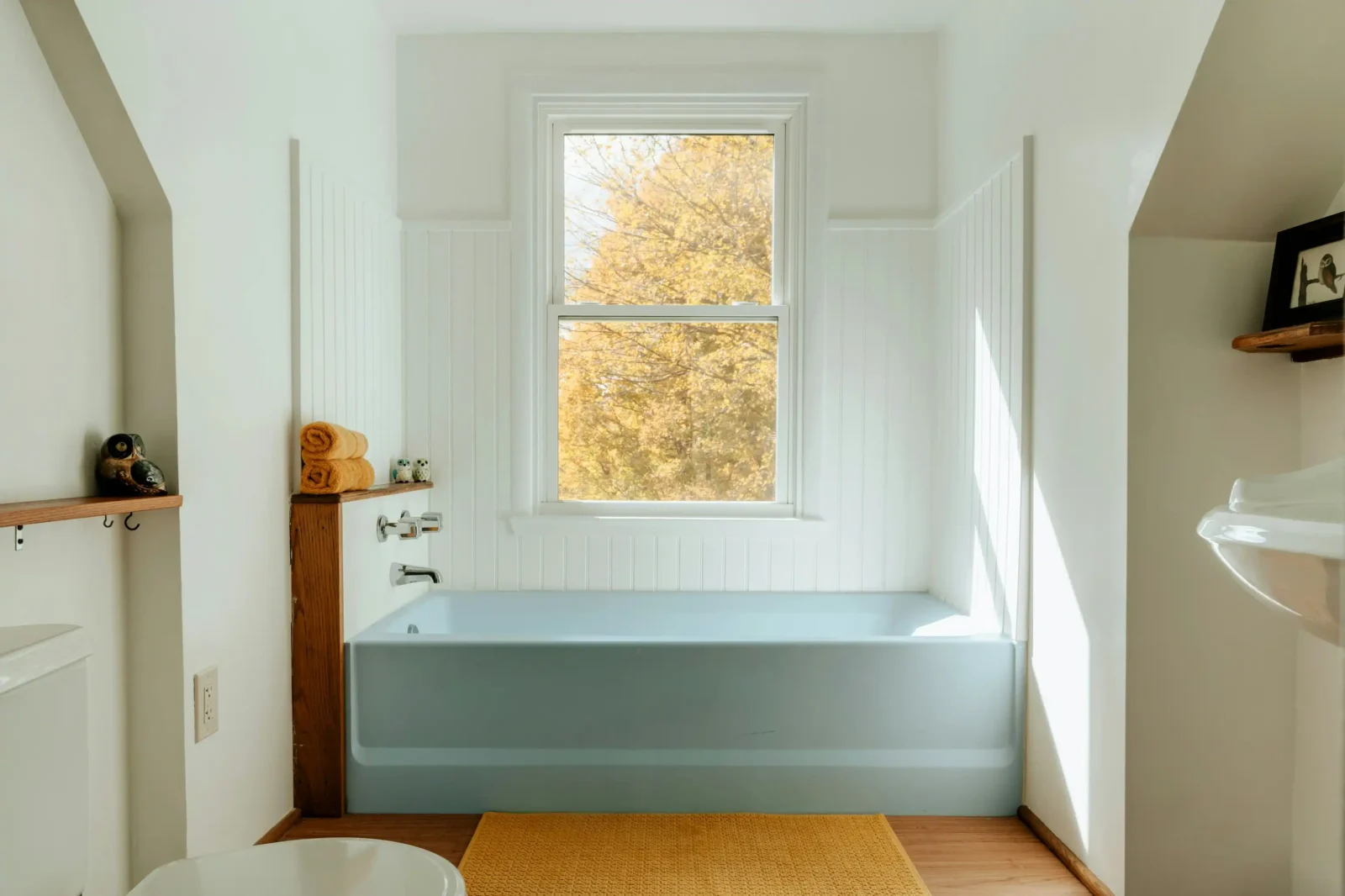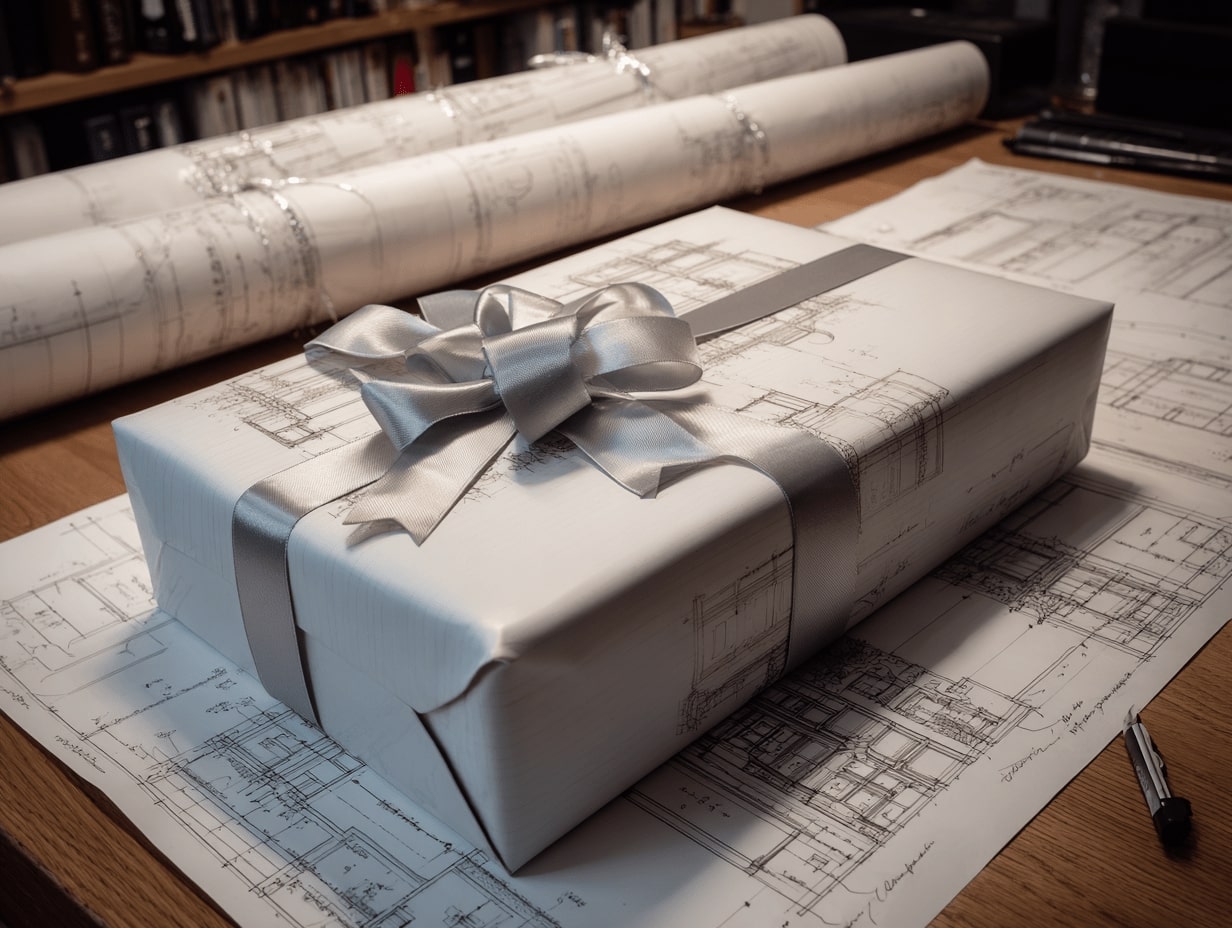- Home
- Articles
- Architectural Portfolio
- Architectral Presentation
- Inspirational Stories
- Architecture News
- Visualization
- BIM Industry
- Facade Design
- Parametric Design
- Career
- Landscape Architecture
- Construction
- Artificial Intelligence
- Sketching
- Design Softwares
- Diagrams
- Writing
- Architectural Tips
- Sustainability
- Courses
- Concept
- Technology
- History & Heritage
- Future of Architecture
- Guides & How-To
- Art & Culture
- Projects
- Interior Design
- Competitions
- Jobs
- Store
- Tools
- More
- Home
- Articles
- Architectural Portfolio
- Architectral Presentation
- Inspirational Stories
- Architecture News
- Visualization
- BIM Industry
- Facade Design
- Parametric Design
- Career
- Landscape Architecture
- Construction
- Artificial Intelligence
- Sketching
- Design Softwares
- Diagrams
- Writing
- Architectural Tips
- Sustainability
- Courses
- Concept
- Technology
- History & Heritage
- Future of Architecture
- Guides & How-To
- Art & Culture
- Projects
- Interior Design
- Competitions
- Jobs
- Store
- Tools
- More
10 Coolest Subway Stations Designs That Blend Art, Architecture, and Innovation
Discover the world's coolest subway station designs that blend art, architecture, and functionality. Explore stunning examples from Moscow to Singapore, showcasing cultural landmarks, sustainability, and cutting-edge innovation. These visually striking stations redefine public transit, enhancing urban mobility while inspiring commuters daily with their beauty and creativity.

Subway stations aren’t just transit hubs; they’re gateways to a city’s culture, creativity, and architectural brilliance. Around the world, some stations transform the mundane commute into a visual and sensory experience, blending functionality with breathtaking design. These spaces go beyond utility, becoming iconic landmarks that reflect the spirit of their cities.
From futuristic aesthetics to artistic masterpieces, the coolest subway station designs leave us in awe. They showcase how thoughtful design can turn an ordinary journey underground into something extraordinary. Let’s dive into some of the most stunning examples that prove public transportation can be as inspiring as it is practical.

Table of Contents
ToggleOverview Of Coolest Subway Station Designs
Subway stations worldwide feature remarkable designs combining innovation, culture, and functionality. These spaces often integrate unique architectural styles, artistic installations, and practical layouts to create memorable environments for daily commuters and travelers.
Stockholm’s T-Centralen station uses vivid murals and rugged rock walls to reflect Sweden’s artistic heritage. Singapore’s Marina Bay station incorporates futuristic elements, sleek lines, and energy-efficient structures. Moscow’s Mayakovskaya station highlights Soviet-era design with ornate mosaics, stainless steel, and Art Deco influences.
Stations like Munich’s Westfriedhof incorporate dramatic lighting and minimalist architecture, creating visually striking spaces. Lisbon’s Olaias station showcases vibrant tiles and geometric compositions, reflecting Portuguese art traditions. Dubai Metro’s BurJuman station merges luxurious finishes with modern design accents to elevate the commuting experience.
These designs highlight the potential of functional spaces to also serve as aesthetic and cultural milestones. With careful attention to detail, they enhance urban mobility while captivating those who pass through.
Iconic Subway Stations Around The World
Subway stations worldwide transcend their primary function by showcasing innovative designs that leave lasting impressions. Many stations redefine urban transit with futuristic forms and art-driven architecture.

Futuristic Designs That Stun
Futuristic subway stations use cutting-edge materials and technology to create visually striking environments. Singapore’s Marina Bay Station incorporates sleek metallic finishes, geometric patterns, and dynamic lighting. Riyadh Metro Station, designed by Zaha Hadid, features curved, wave-like structures inspired by desert dunes, blending nature with modernity. Naples’ Toledo Station integrates LED installations to evoke the feeling of being underwater.
Stockholm’s Solna Centrum Station redefines natural themes with illuminated vegetation-inspired murals on cavernous red walls. Similarly, Dubai’s Union Station combines artificial intelligence-driven lighting with streamlined interiors, emphasizing seamless passenger movement.
Art-Inspired Architectural Marvels
Art-centric subway stations transform transit spaces into cultural galleries. Moscow’s Mayakovskaya Station boasts elegant Art Deco mosaics, stainless steel finishes, and soaring arches, resembling a grand ballroom. Lisbon’s Olaias Station merges Portuguese art traditions with intricate tile murals bursting with vibrant colors and abstract shapes.
Munich’s Westfriedhof Station captivates with its dramatic interplay of lighting and architecture, casting vivid blue, yellow, and red hues on minimalist concrete walls. New York City’s Second Avenue Subway incorporates large-scale mosaics from renowned artists like Sarah Sze, celebrating local culture within functional design.
Unique Design Elements That Stand Out
Subway stations with remarkable designs combine practicality with standout features, enhancing the commuter journey. They seamlessly blend art, architecture, and technology, creating spaces that captivate.

Innovative Use Of Light And Space
Architects use lighting and spatial arrangements to redefine the typical underground experience. Munich’s Westfriedhof station, for instance, integrates oversized, colorful dome lights that cast striking contrasts on its minimalist walls, resulting in a dramatic visual effect. Stockholm’s Solna Centrum uses a red-lit ceiling to simulate a glowing cave, creating an immersive environment. Hong Kong’s International Commerce Centre (ICC) station employs LED walls that display dynamic digital art, transforming the platform into a visual spectacle. These elements not only enhance aesthetics but also contribute to better navigation and safety in expansive transit hubs.
Incorporation Of Local Culture And History
Many subway stations celebrate their location through elements reflecting local identity. Lisbon’s Olaias station showcases traditional Portuguese themes with vibrant tiles and local artistic motifs, connecting modern transport with historical culture. New York City’s Second Avenue Subway features walls adorned with portraits by Chuck Close, spotlighting notable New Yorkers and embracing the city’s artistic spirit. Tashkent Metro’s Kosmonavtlar station in Uzbekistan pays tribute to its space exploration history, with blue ceramic panels depicting astronauts and cosmonauts. This integration of cultural significance fosters a deeper connection between commuters and their surroundings.
Environmental Considerations In Modern Designs
Modern subway station designs prioritize sustainability to reduce their environmental impact. Designers integrate energy-efficient systems like LED lighting, motion sensors, and HVAC systems that conserve power. For example, Stockholm’s Hötorget station employs LED illumination to lower energy consumption while maintaining aesthetic appeal.
Natural light utilization remains a critical feature in eco-friendly stations. Skylights and glass facades, such as those in Amsterdam’s Noord station, decrease dependency on artificial lighting during the day, enhancing the commuter experience. Reflective materials amplify daylight, creating brighter and more inviting spaces.
Green infrastructure elements contribute to environmental benefits. Living walls, rooftop gardens, and rainwater harvesting systems are increasingly incorporated into station designs. Oslo’s Fornebu Line stations include green roofs which support biodiversity and improve air quality in urban areas.
Recycled and sustainable materials shape construction processes. Stations like Paris’s Austerlitz promote eco-consciousness by using recycled concrete and steel for structural components. Design strategies also focus on minimizing waste and reusing materials from demolished structures.
Localized climate considerations inform sustainable designs. In Dubai Metro’s Jebel Ali station, insulation and advanced cooling systems counteract the region’s intense heat. In contrast, insulated glass and thermal barriers in colder regions, such as Montreal’s McGill station, reduce heating requirements.
Future strategies aim for carbon neutrality. Stations integrate electric vehicle charging points or connect with bike-sharing services to promote eco-friendly mobility. Implementing such measures aligns subway systems with global sustainability goals while enhancing urban transit solutions.

Why Subway Design Matters For Urban Spaces
Subway design impacts urban spaces by shaping commuter experiences and defining city identities. These stations, as gateways to public transit networks, serve not only as points of transit but also as architectural expressions of a city’s culture and innovation.
Efficient designs improve functionality by streamlining passenger flow and minimizing congestion during peak hours. Features like wide platforms, intuitive signage, and accessible layouts enhance usability for daily commuters and tourists alike. For instance, Tokyo’s Shibuya Station incorporates clear navigation despite its complex structure, ensuring smooth transit for millions of riders.
Aesthetically appealing stations foster community pride and elevate public spaces. Iconic designs, such as Stockholm’s T-Centralen with its artistic murals, transform mundane transit hubs into cultural landmarks. By integrating public art, architecture, and local heritage, subway stations enhance their surrounding urban landscapes.
Environmentally conscious designs advance sustainability within cities. The inclusion of natural light, renewable materials, and energy-efficient technologies reduces the environmental footprint of transit systems. Examples like Singapore’s Downtown Line prioritize sustainable construction, aligning with global eco-friendly goals while contributing to greener urban environments.
Subway design also supports economic growth by encouraging tourism and investment. Architectural landmarks like Moscow’s Mayakovskaya Station draw travelers and generate increased foot traffic to nearby businesses. Moreover, well-planned stations raise local property values, supporting urban development and revitalization.
Well-designed subway stations ultimately merge function, culture, and sustainability within urban spaces, reinforcing public transportation as a pivotal element in modern city life.

Conclusion
Subway stations are more than functional transit points; they’re dynamic spaces that merge art, architecture, and innovation to enrich urban life. The coolest subway designs worldwide showcase how creativity transforms these spaces into cultural and aesthetic landmarks. By blending cutting-edge technology, sustainable practices, and local heritage, subway stations transcend their utility, inspiring millions of commuters daily.
- architectural innovations in subway stations
- architectural subway stations
- art in subway stations
- best subway station architecture
- coolest subway station designs
- creative subway designs
- futuristic subway stations
- iconic subway stations
- innovative subway stations
- modern subway designs
- subway station architecture
- subway station art
- subway stations as art
- unique subway stations
- urban subway designs
Submit your architectural projects
Follow these steps for submission your project. Submission FormLatest Posts
How to Choose the Right HVAC Installation Service
A quiet mechanical system starts with sound choices before any equipment arrives....
10 German Kitchen Ideas to Inspire a Sleek and Functional Modern Home
German kitchens are renowned worldwide for their innovative designs, exceptional quality, and...
Gift Ideas for Architects and Designers: Useful, Beautiful Picks They’ll Actually Love
Gift ideas for architects and designers: curated, use-in-studio picks by budget and...
How to Use the Golden Ratio for a Balanced Kitchen Remodel
Have you ever seen a kitchen and it just looked right to...











Leave a comment